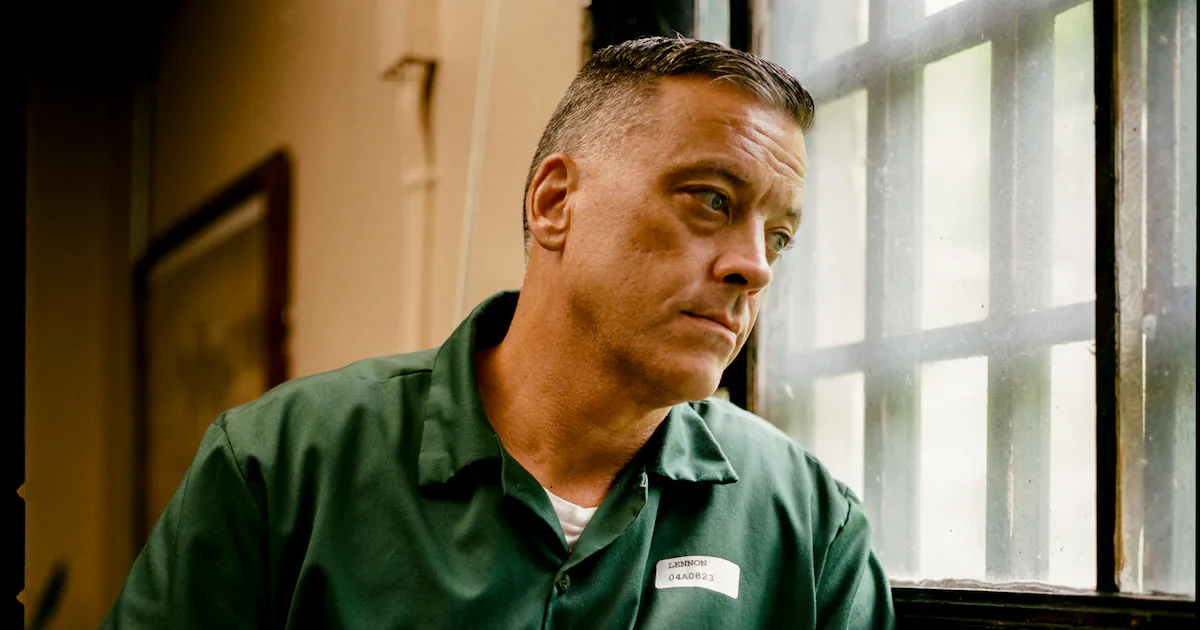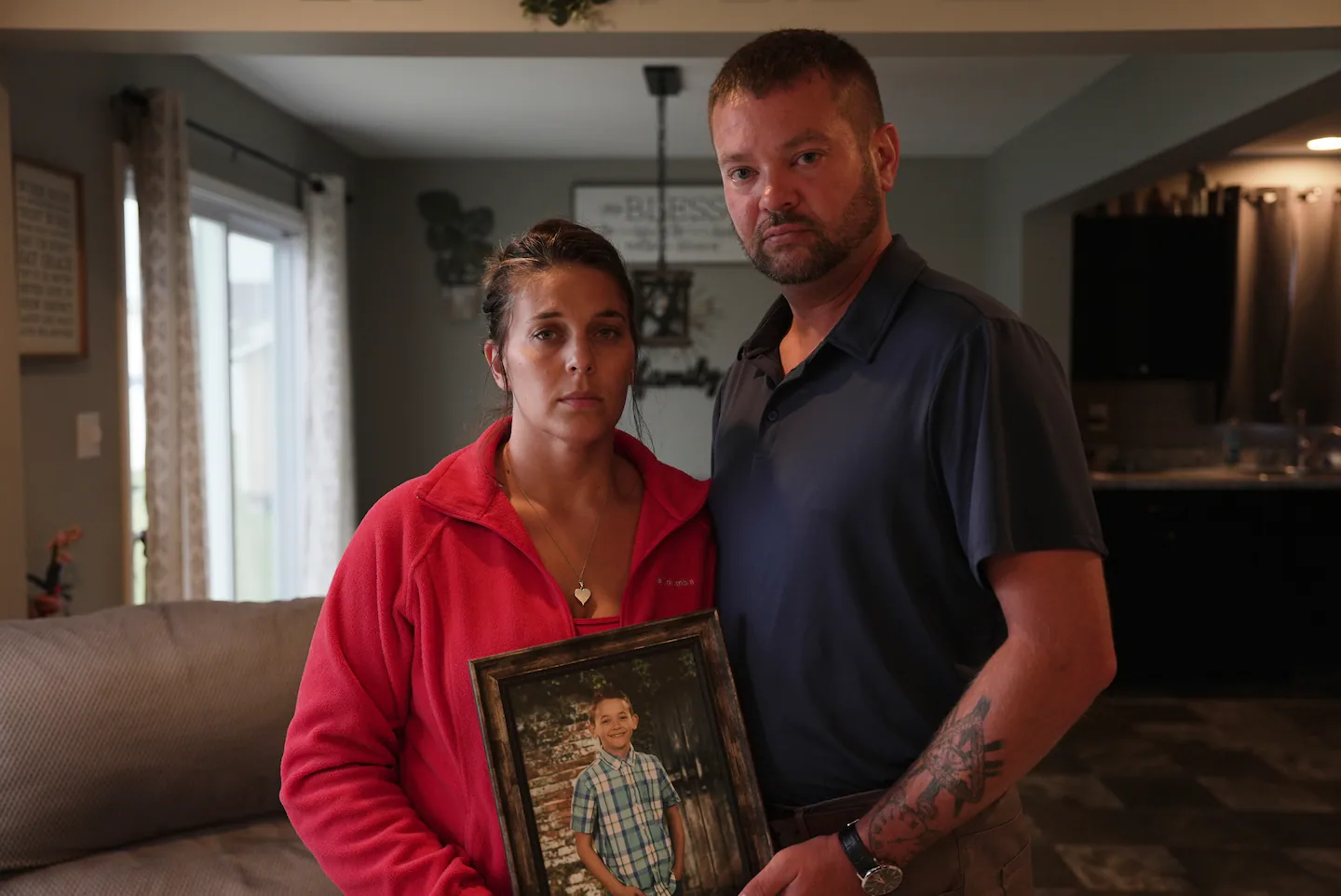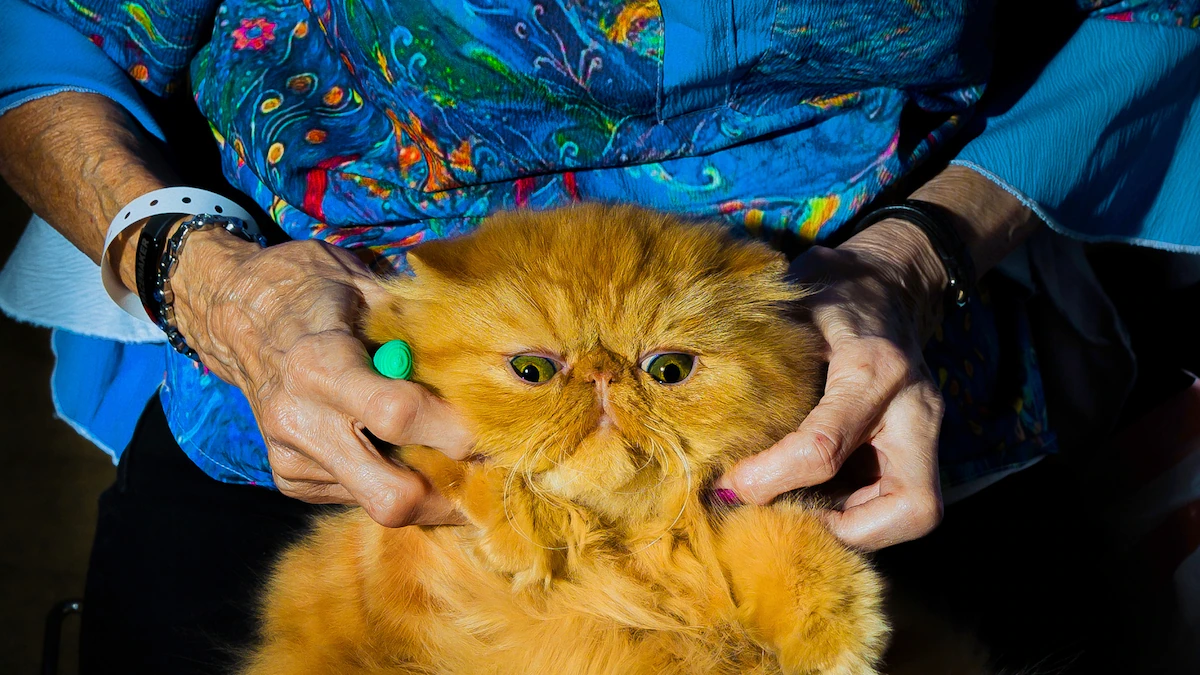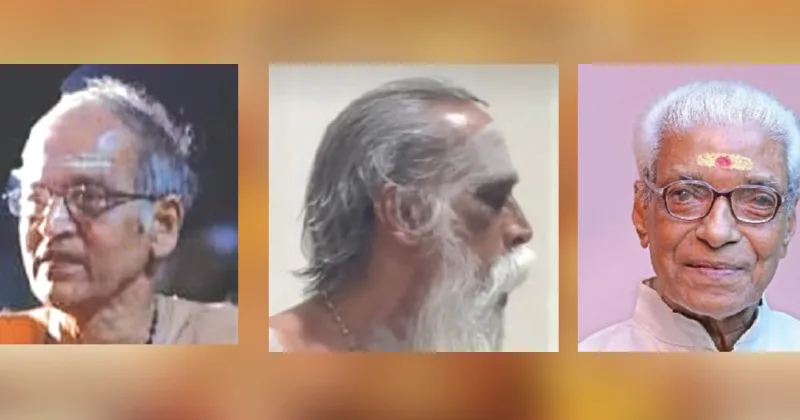Copyright Salt Lake City Deseret News

In October 2018, John J. Lennon was taken from his cell inside Sing Sing, the notorious New York prison, for an interview with Chris Cuomo on a CNN program called “Inside Evil.” It was a true crime show investigating, according to the promo, “the science and psychology of evil,” that “shines a light on the shocking and sometimes heartbreaking stories affecting real people.” For those who like the genre of true crime, it sounds pretty juicy. But for someone participating as a subject, like Lennon was, the name and framing was an obvious sticking point. He didn’t want to be damned prior to investigation. Lennon felt that way even though he understands that there are those who believe that he is, in fact, “evil.” You see, he did kill a man. In 2001, Lennon murdered an acquaintance and threw the body in a New York bay. He was 24 years old with a 9th grade education, dealing drugs and immersed in a lifestyle that had a certain “code,” ugly as it was. After initially trying to dodge the charge, Lennon was convicted for his crimes and sentenced 28-years-to-life in prison. Today, he’s 24 years into the term. But that was only part of the reason why Cuomo and his team wanted to interview Lennon. After attending a writing workshop in Attica nearly 10 years into his sentence — the notorious prison of 1970s riot fame — Lennon began a career as a prison journalist. One that’s become quite illustrious. Lennon’s first piece of published work was in The Atlantic, where in an article about gun control he opened with the murder he committed: “It was swift and cowardly.” He’s since written for publications like Esquire, The New York Times and The Marshall Project and made the short list for some of the most prestigious awards in writing. The murderer-turned-writer was who Cuomo’s show wanted to feature. When Lennon expressed concern over the program’s name during initial discussions, Cuomo’s producers told him that the season would be about redemption and the name might be different. It was not until he was getting miked up that Cuomo told Lennon they’d kept “Inside Evil.” Sitting across from the brother of the only elected official capable of commuting Lennon’s sentence — Andrew Cuomo was the governor of New York at the time — he said he felt “duped.” “The framework of how I became the subject of that show goes against decent, good journalism,” Lennon said. “If you’re a sort of worthwhile journalist, you don’t come to your subject with a theme already baked in, right? You find that through the reporting.” Taking that sense of storytelling integrity seriously, Lennon decided to turn his own reporting lens right back at them. ‘The Tragedy of True Crime’ Rather than writing about any of the other topics Lennon has covered throughout his career such as gun control, prison reform and mental health, he chose to write his first book about something closer to home. “I was writing about (prison) culture, then all of a sudden, this true crime show comes to do a show on me,” Lennon said. “I didn’t go out looking to play in this space, this space came looking for me.” “The Tragedy of True Crime” was published on Oct. 2 and is, among many things, a compelling narrative of four murderers — Lennon included — and their life before and after their crimes. While parts of it mirror generic true crime tropes, the book is really a scathing indictment of a genre that turns abject tragedy into mindless entertainment. The story is unflinching about both the heinous crimes themselves and the connected tragedies that precede and follow them. In addition to the murders, Lennon writes about traumatic childhoods, abusive relationships and the indignity of a life spent behind bars. He sheds light, too, on the low-hanging cliches and assumptions a reader might make about what goes on in prison. In telling these men’s stories, Lennon grapples with how someone can come to terms with their actions, what it means to live a good life and the spiritual act of truly saying “I’m sorry.” Writing about the murders and their fallout, he also speculates about who gets to tell a story and if any essential truths are lost when particular voices are excluded. Before anyone thinks otherwise, Lennon makes sure to foreground the experiences of the victims, too. He did his best to include their voices in the book, but only one of the families chose to participate. Relying on court documents, press clippings and his experience with the victims of his own crime, he still includes them. That sense of priority shapes how Lennon grapples with some of the book’s bigger themes: atonement, forgiveness and resilience of the human spirit. “It’s me telling my story, through these stories of others,” Lennon said, “trying to overcome the worst thing we ever did.” To get there, though, he knew he couldn’t rely on the sensationalism that defines the true crime genre he believes is, itself, pretty wicked. “I’m going to give you the awful parts. I’m going to give you the self-discovery. I’m going to give you ... what I observe in others, and we’ll let you have it,” Lennon said. “Hopefully — I like to think — it’s a different take than what you’re getting traditionally." Becoming a journalist behind bars To speak with Lennon is an ordeal. For context, New York corrections officers walked off the job on strike earlier this year and the whole system is undergoing large-scale disruption. The inmates at Sing Sing are currently in a form of de facto isolation, according to Lennon’s publicist, Megan Posco, and the only visitation days are over weekends. With 1,800 men in the facility, families queue up as early as 5:45 a.m. on Saturday and Sunday hoping for a spot in the visiting room. It means that the phone is easier, but it’s also glitchy. Instead of waiting weeks to get on the approved list of 10 people Lennon’s allowed to call, Posco acts as a conduit and conferences in calls for him. But still, the prison system limits calls to 30 minutes. An automated voice issues a one-minute warning before the line goes dead. Then the conferencing process starts all over again. Logistics are only part of the effort Lennon has made to tell stories since his first writing class in 2010. He has to overcome the same framing that true crime traffics in. Because of his horrible past, there are those who consider him, he said, as “an unreliable narrator.” That only makes Lennon that much more diligent in how he approaches stories — both as a reporter and a writer — and magazines, newspapers and the associated awards have shown that his efforts are being received. Lennon’s response to interest in his work is gracious. On the phone and at an event reading at the Harvard Book Store in Boston — he’s doing a virtual book tour, conferencing in for live Q&As following a prerecorded reading — his first impulse was to say “thank you.” With the remnants of an inner-city New York accent, Lennon maintains enough of the diction and lexicon of his upbringing that you can’t forget where he’s speaking from. Before the book begins, there’s a disclaimer that he won’t sanitize the language or use PC terms as has become vogue these days. There’s no “formerly incarcerated” for “ex-con” in Lennon’s world. “I’ve tried to use more authentic prose — convict, prisoner, the joint," he wrote. “This is the language I hear every day.” It’s evident that he prefers to write his thoughts, too, rather than speak them. Within the pauses of his somewhat halting speech, the internal battles he has over his respective identities — convicted murderer and acclaimed writer — showcase a baseline discomfort with any praise. Those at-odds identities were especially evident when he discussed the idea of “resilience.” “You can get a little carried away with the resilience — you see your name in bright lights and you’re like, ‘OK, let me just, uh, get over yourself.’ Let’s just go back to the work," Lennon said. But resilience is still “a driving force in my life. It moves me ... I want the comeback. I’d like to think I have it ... or are certainly still on the way, you know what I mean? The resilience is everything.” It means that the safest space for him, he said, is just doing the work of listening to others’ stories with a pad and pen in his hand and then writing about them. Being appreciated for his work just makes him uncomfortable. Even if it’s natural to want to be appreciated, Lennon doesn’t want to get too carried away with it. “You don’t really get a lot of that in prison, and even getting that maybe now a little bit is complicated because I’m still in prison, right?” A search for meaning In conversation and in his writing, there is no woe-is-me narrative or suggestion that Lennon (or his subjects) were wronged by the legal system, though, the prison system certainly did harm them once they were in it. He does call out his ego when it appears — which is not a rare occurrence — but, reflexively, tamps it down. His approach, rather, is self-reflective, brutally honest and, in his search to find meaning and forgiveness under the circumstances, requires reconciling complicated realities. The result can be somewhat uncomfortable for some readers. Depicting inmates as people attempting to create full, meaningful lives asks them to alter their perception of criminals. “I don’t think people understand what goes on in prison, which is a whole lot of nothing,” Lennon said. “Just because there’s a whole lot of nothing offered doesn’t mean that folks don’t want more along the way.” In his 24 years behind bars, not a single person employed by taxpayers has ever asked him why he did what he did, or attempted to help him come to terms with it. “That’s like a little problematic ... we hope we have a desire to face what we did, but there’s not a lot of that going on. To be fair, those aren’t conversations that we’re having with ourselves a lot too, because there’s a lot of rationalization, and a lot of us are lying to ourselves.” It has taken Lennon years and a lot of help from others to find his own methods of coming to terms with what he’s done, and to seek forgiveness and atonement for his worst action. If not all readers can forgive him for what he did, they would not be alone. That’s something the family of the man he murdered has not done, either. “I may never be forgiven and I don’t think I am going to ever be forgiven,” Lennon said. “I have to ... and that, and that, and that’s, that’s OK.” He recalled the story of another murderer he did time with — whom he also wrote about — who seemed like the least likely candidate to receive forgiveness. Bobby Ehrenberg killed a family man in 1992, and Lennon described him as a mostly gruff, miserable person — that is even if he stayed sober and humble while locked up. That was until the daughter of his victim forgave him. That act created a changed man. “When I see it in others, I’m jealous that they get it and I didn’t get it,” Lennon said. “When it’s given, there’s something that’s beautiful that can happen to the giver and the receiver.” “It’s a complicated thing, forgiveness. There is something spiritual that I observed and it’s quite beautiful, you know?” Lennon said. Even so, Lennon knows that he’s no longer the person that the “Inside Evil” team declared him to be. “I can’t live my life in shame because then it takes away from the indirect amends I can make by helping others, by mentoring them, by trying to sort of give them something,” he said. Also, 24 years is a long time, and he said he has come a long way from the drug-addled man he used to be. Today he pays taxes, contributes to society, amends his behavior, atones for his sins and has found a relationship with a higher power. He said that, “I am no longer a criminal, and my actions dictate that.” “I’m not going to let a law dictate who I am,“ Lennon said. ”If you get caught up with that, you can get bitter.” Is the true crime genre itself a tragedy? “The stories we tell about the worst of humanity are a reflection on all of us,” Lennon wrote toward the end of his book. “True crime is the antithesis to the notion that we are more than our crimes.” Some may not agree with his notion, but Lennon makes a compelling case. “I’ve learned that ... there’s facets of (good and evil) in all of us. Some of it is on display and some of our actions can display more of one than the other,” Lennon said. “I just think it’s a glum way of looking at things.” Framing entire lives on the binary of “good versus evil,” he wrote, is lazy storytelling. Through his own experiences, he found it to also be “an inaccurate depiction of why violence occurs.” To get to that accuracy and the truest version of events, Lennon believes it’s necessary for people to not shy away from the messy, complicated and nuanced nature of how people live and interact. Which does make for a better, if not potentially unsettling read. That’s because “The Tragedy of True Crime” forces the reader to take a serious look at two parts of normal American life that are easy to either gloss over or dismiss. The first is that the genre of true crime sensationalizes and uses the absolute tragedy of other people’s lives — victims and killers alike — as entertainment. The stories are captivating, yes, and the consumption of them may be cathartic, but at its core, the genre leverages the worst moments in the lives of others for attention, profit and amusement. There are positive elements — catharsis and empathy, for starters — but, in doing what it does, true crime also prolongs and emphasizes an oversimplification of complicated human lives. The other is that stories do not end when the credits roll and “justice is served.” Victim’s families live with the loss of loved ones. Perpetrators of crimes are people who, once convicted, go to prison but continue to live out their lives. What Lennon’s book asks readers is to see men who have murdered others as complete humans, and to also feel empathy for people that they have been told are simply bad people. Most of them are not so simple. “There’s a lot of righteous indignation in this nation, especially in this time right now. That’s where a lot of people come to ”True Crime" with. Everyone has a secret. I think some of them are darker than others,” Lennon said. Lennon suspects folks watch true crime and compare the bad parts of themselves against some of the horrible things others have done. This way, a person can think that though they have some bad stuff going on, what the guy in the show or podcast has is way worse. “I think there’s more to the story than that,” Lennon said. A measure of forgiveness Lennon spoke with the Deseret News right after Charlie Kirk was killed and the national mood was still dour. His response to what had happened reflected some of the conflicts he grapples with every day. “Charlie Kirk was a young man and it’s just awful. It’s just an awful loss for his family and … it is for everybody really, for America, for the world," he said. “He was saying his piece and he got killed for it and that’s just awful.” Referring to Kirk’s killer, he made clear that he couldn’t speculate as to who he is or what he was thinking, but Lennon was reminded about his experience with forgiveness and “the ‘magic’ that happens within that.” “I would urge maybe just grace, you know? He’s also a 22-year-old man ... Hopefully the people that are making those decisions can perhaps offer that.” A few days later at the memorial, Erika Kirk shared the very same idea, as she offered forgiveness to her husband’s killer. “People that I’ve hurt with the man I killed — the family — they hate me and they won’t forgive me. Sometimes I don’t really know what to do with that. All I really have is writing," Lennon said. And through writing the book, he was able to receive some grace from the family members of one of the victims he wrote about. In conversation and at the event, it was the only attention he did not try to equivocate. “(One) told Megan — my publicist — that ‘It’s an accurate and insightful depiction of our story.’" Lennon said that such a response coming from the brother of one of the murder victims (a priest) meant more to him than any praise he might get from The New York Times, The Atlantic, or any other outside voice. “I mean, I appreciate that because that’s the tension in this book. What do we get when we tell people, ‘no, your voice should not be entered in this space’?” he said. “It’s really relevant to Charlie Kirk, too. What do we get when we snuff out voices?”



